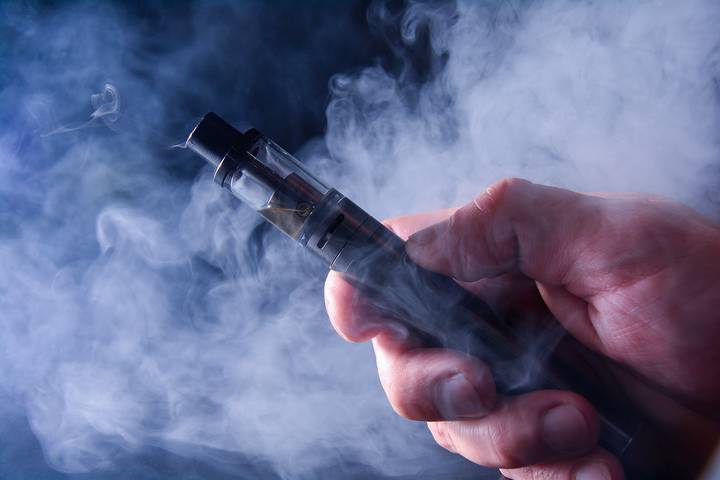
Different factors cause sore muscles, from stress to tension and exercises. Most of the time, muscle soreness happens when you push yourself beyond your limit. Whether you tried an intense workout or spent the day deep cleaning, muscle pains tell you that your body needs to slow down. While working out helps you keep in shape, switch for a mild routine if the soreness becomes unbearable.
Depending on the pain level, there are easy fixes for sore muscles you can try at home. It’s necessary to pay attention to the intensity of the pain you feel. Relief for muscle cramps naturally happens after 72 hours at least.
If waiting out soreness for up to three days sounds discouraging, try these ways on how to ease sore muscles:
1. Stretch your muscles lightly

Stretching sore muscles sounds uncomfortable, but your body will thank you for it. Muscles tighten and cramp up when the body experiences intense activity that shortens the muscles. This tightness causes them to swell and become painful.
Stretching loosens and relaxes the muscle tissues. However, it’s essential to keep the stretching light to prevent further muscle tears. Stretch each muscle and hold for 5-10 seconds until you feel slight tension. Before working out or doing any intense activity, do some stretches to prepare the muscles.
2. Drink lots of water

Being hydrated is very important. Beyond stress and hyperactivity, there is a connection between dehydration and cramps in people who exercise. When you engage in high-energy cardio exercises, you’re required to drink mouthfuls of water at intervals since your body rapidly loses hydration through sweat. Studies show that the body comprises about 60% water, especially the cells and muscles. Without adequate hydration, these muscles shorten, breakdown, and become inflamed.
Inflamed muscles release toxins and waste products into the body. Drinking lots of water not only hydrates the muscles but also helps flush these toxins from the body.
3. Use only prescribed pain relief medicine for the pain

The upside to engaging in exercising and other high-energy activities is that your body adjusts to the experience after healing from the initial impact. The bad news is that you have to deal with discomfort from sore muscles. Although many drugs reduce inflammation, opt for non-steroidal anti-inflammatory drugs (NSAIDs).
Sometimes, NSAIDs increase the risk of health attack, stroke, and gastrointestinal bleeding. Pharmacists often prescribe acetaminophen (Tylenol) in place of NSAIDs for sore muscles. See a doctor if you must use medication.
4. Eat anti-inflammatory and protein-rich meals

Inflamed muscles lead to the soreness and swelling you experience after exerting your body. Antioxidizing foods like watermelon and berries contain high quantities of amino acids.
The same also goes for protein-rich foods like Greek yogurt. These amino acids ease muscle soreness and reduce recovery time.
A healthy diet provides the body muscles with the required strength to bounce back from strain and soreness. After an intense workout session, prepare a quick high-protein snack to nourish the muscle tissues and refuel your body. Incorporate fruits and vegetables into your meals as well, since they help the body heal faster.
5. Ease the pain with ice or heat

Depending on the pain level, ice or heat therapy can provide instant relief for sore muscles. However, opt for whatever method brings you comfort. Many athletes use ice baths to calm their muscles after completing a game or extreme exercise routine. Ice reduces swelling and lowers the pain levels. If your muscles feel swollen, then consider ice therapy. Place an ice pack on the inflamed area for a few minutes. An ice bath also serves the same purpose.
Heat works best for slightly prolonged pain. If you still feel tension after at least 48 hours, consider a heating pad. Otherwise, soaking yourself in a warm bath can also provide the relief you desire.
6. Get some sleep

Inadequate sleep has a direct link to stress and body tension. Ever wondered why your body aches when you don’t get enough sleep? That’s because lack of sleep tenses up your muscle tissues, leading to soreness.
Whether you completed an extreme workout or just had a physically exhausting day, your body needs time to recover. After eating those proteins and taking a warm or cold bath, go to bed on time and get your required seven hours of sleep. Your body will thank you for it.
7. Massage Therapy

Believe it or not, massages have healing properties. A massage isn’t just for self-pampering. The right massage therapist can help you get rid of those tight muscles and knots that cause discomfort. As mentioned earlier, tight muscles lack adequate blood supply and water content.
A massage helps drive blood circulation to the tight muscles, causing them to relax. The soothing feeling you experience during a session is your muscles loosening up and gaining blood supply.
8. Foam Rolling

Beyond serving as props for pilates workouts, foam rollers also play a significant role in physical therapy. As with massages, foam rolling also induces muscle flexibility in the connective tissues. Naturally, tight muscles cause restricted movement. It’s the reason you struggle to raise your hands or sit down comfortably when you feel sore.
Invest in a foam roller and use them if you work out or have a physically tasking job. To use a foam roller, lie on the floor and roll your sore body part over it.


